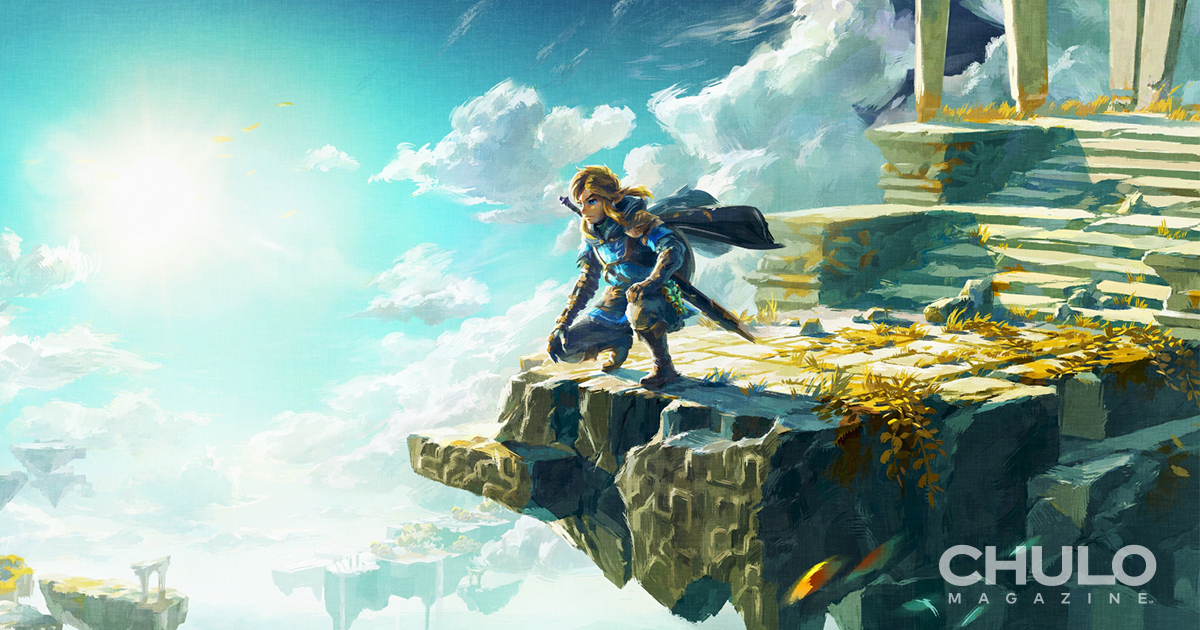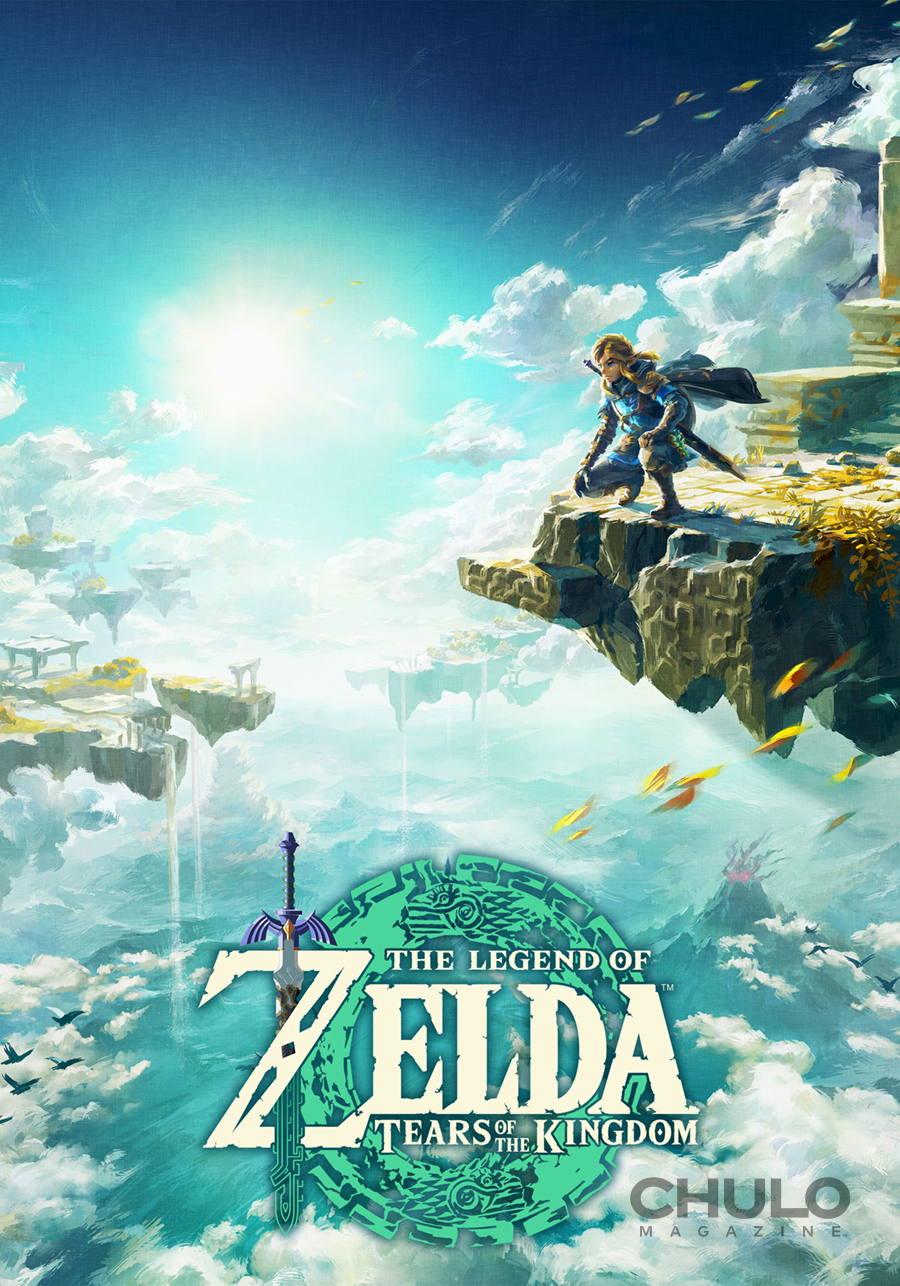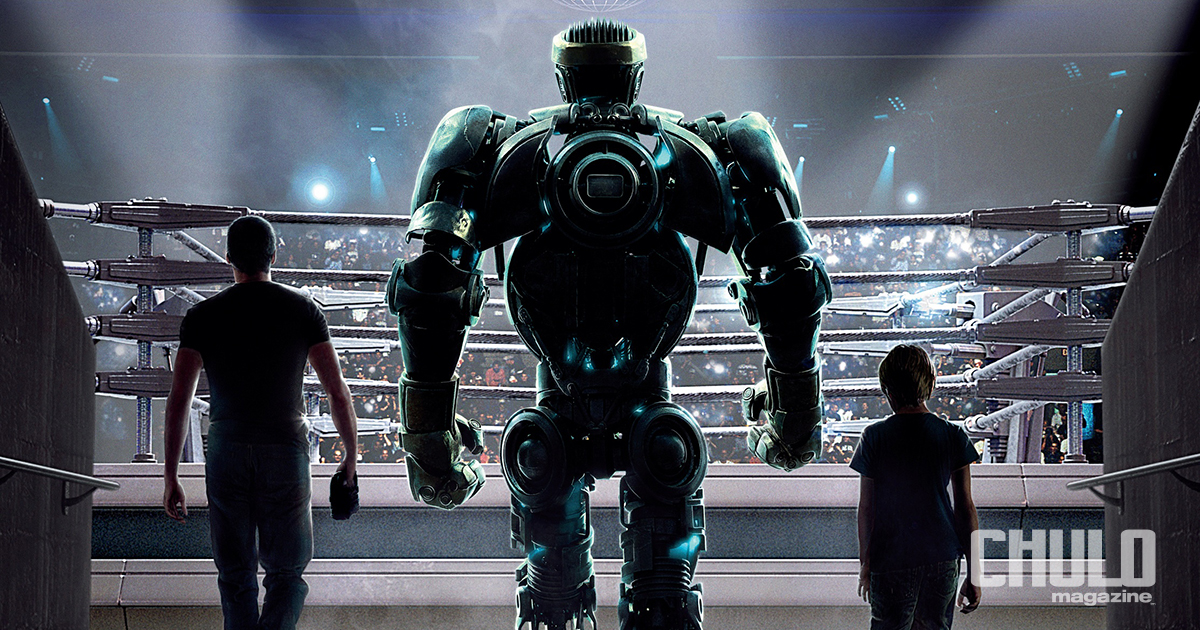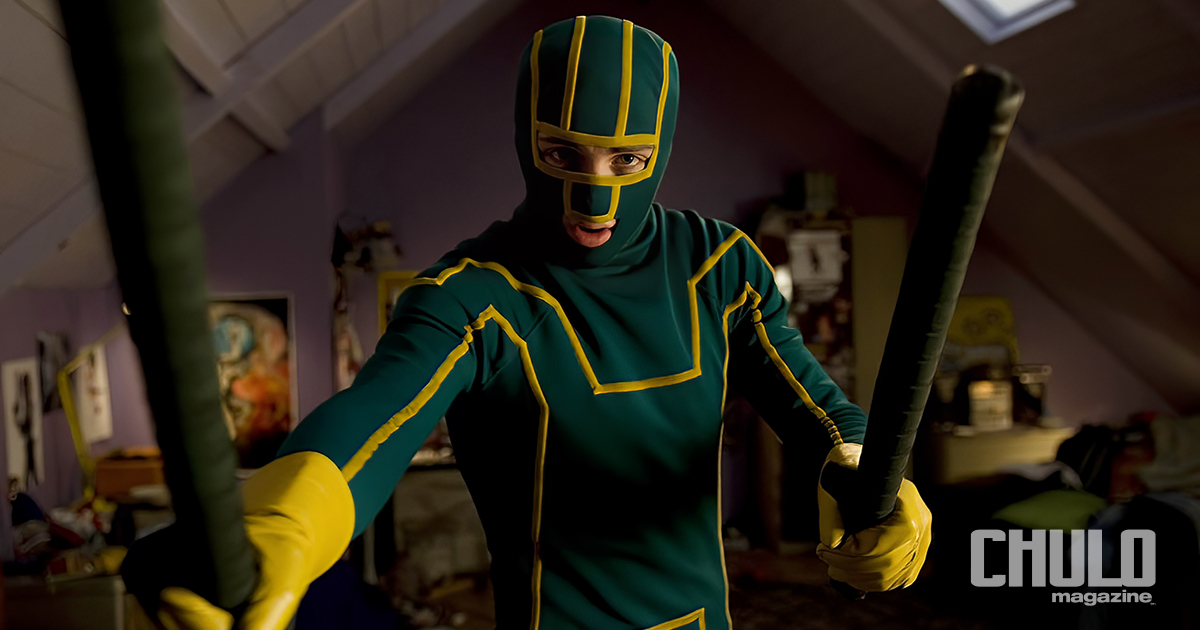The Legend of Zelda: Tears of the Kingdom, the sequel to 2017’s Breath of the Wild, is set to be one of the biggest games of the year or decade. With its massive size, complex shrine and temple puzzles, and Minecraft-inspired sandbox building tools, Tears of the Kingdom offers a rich story for lore-hungry fans. Set a few years after Breath of the Wild, the game follows the Hyrule Kingdom’s rebuilding after a major catastrophe, unlike the post-apocalyptic world of Breath of the Wild.
The game’s tone shift, which is the key difference between Breath of the Wild and Tears of the Kingdom, answers a criticism of the plot structure of Breath of the Wild. The game’s mechanics revolve around building machinery and shelters and fusing objects to create something new. This theme appears in big and small plot elements, and the game’s mechanics handle the issue of weapon durability.
The game-changing ‘Fuse’ ability in Tears of the Kingdom invites players to experiment and create new objects from the world around them to add to their armoury, creating a mechanical immersion that makes players actively aware of the open world around them, questioning the potential purpose of even the smallest things.
The Legend of Zelda: Tears of the Kingdom has quickly established itself as one of the Switch’s standout titles, with its distinct combination of story, mechanics, and exploration. Its emphasis on recreating Hyrule and exploring the world around players makes it an incredibly vibrant, living and breathing experience. Even for those who haven’t played many Zelda titles, Tears of the Kingdom is absolutely worth diving into, and rewards every moment spent with it.







